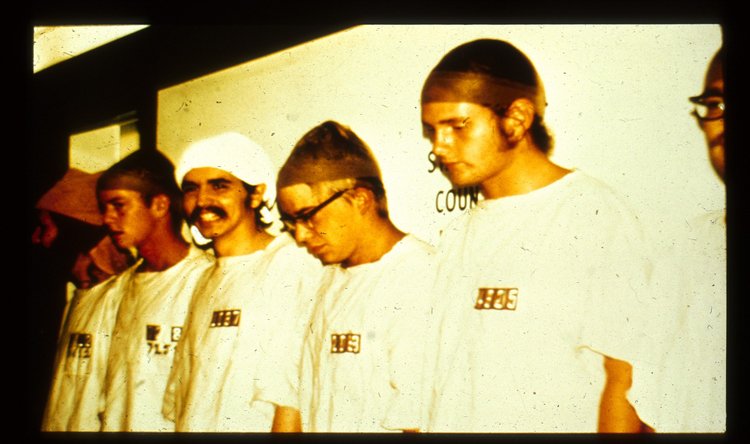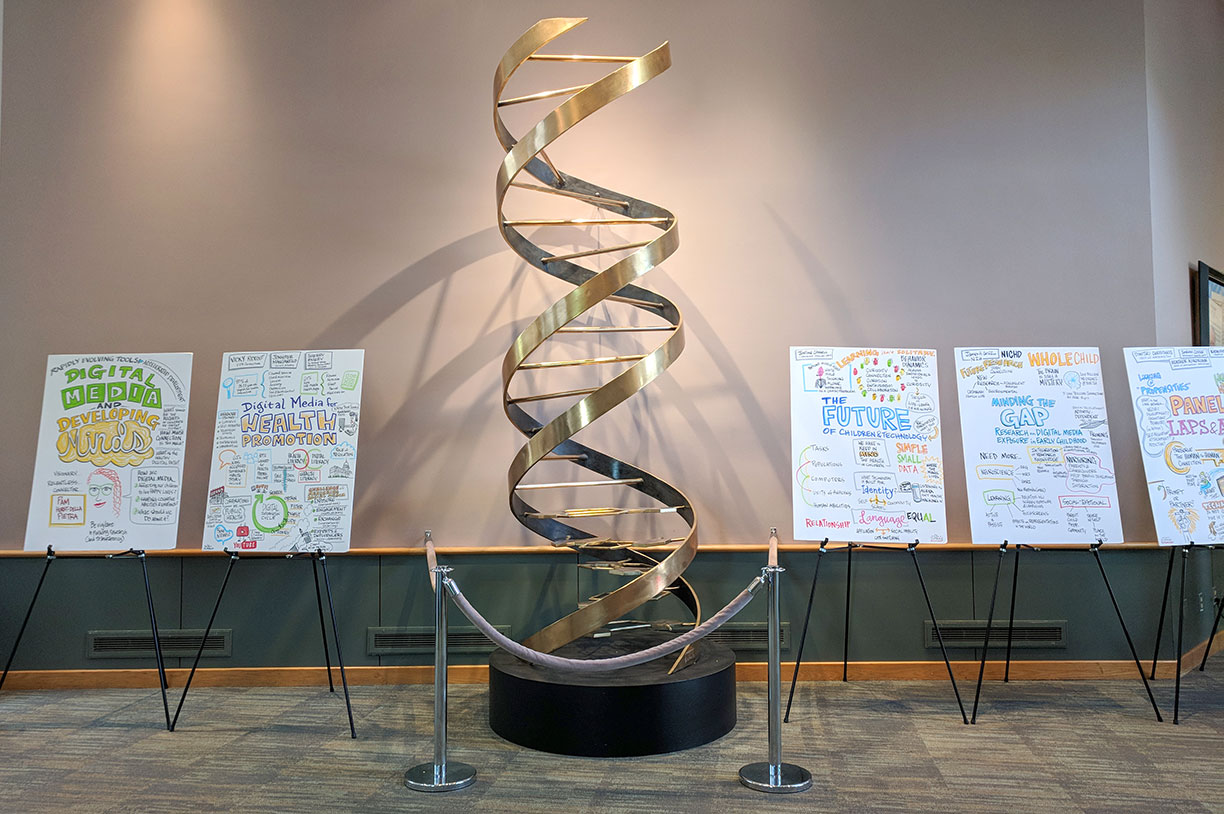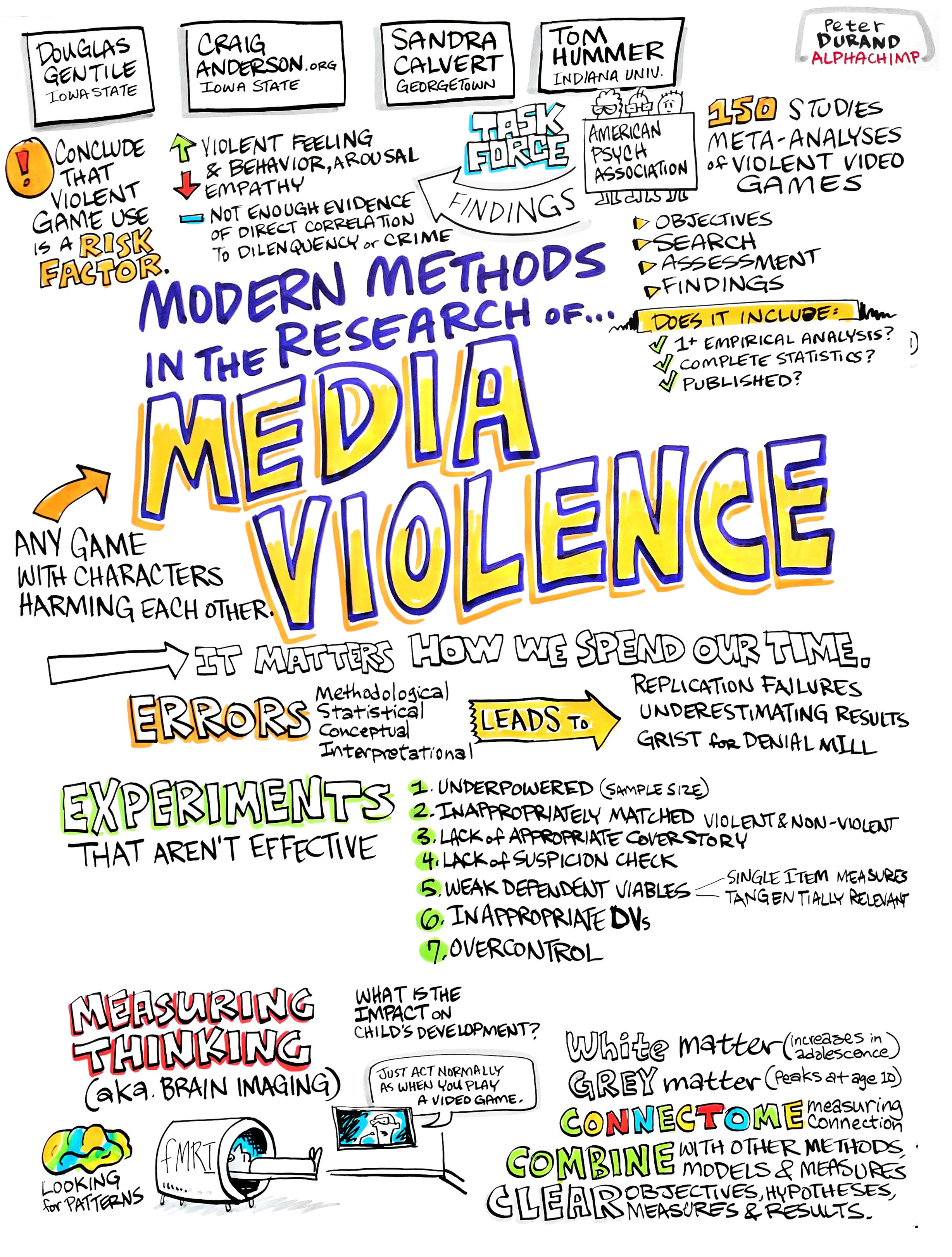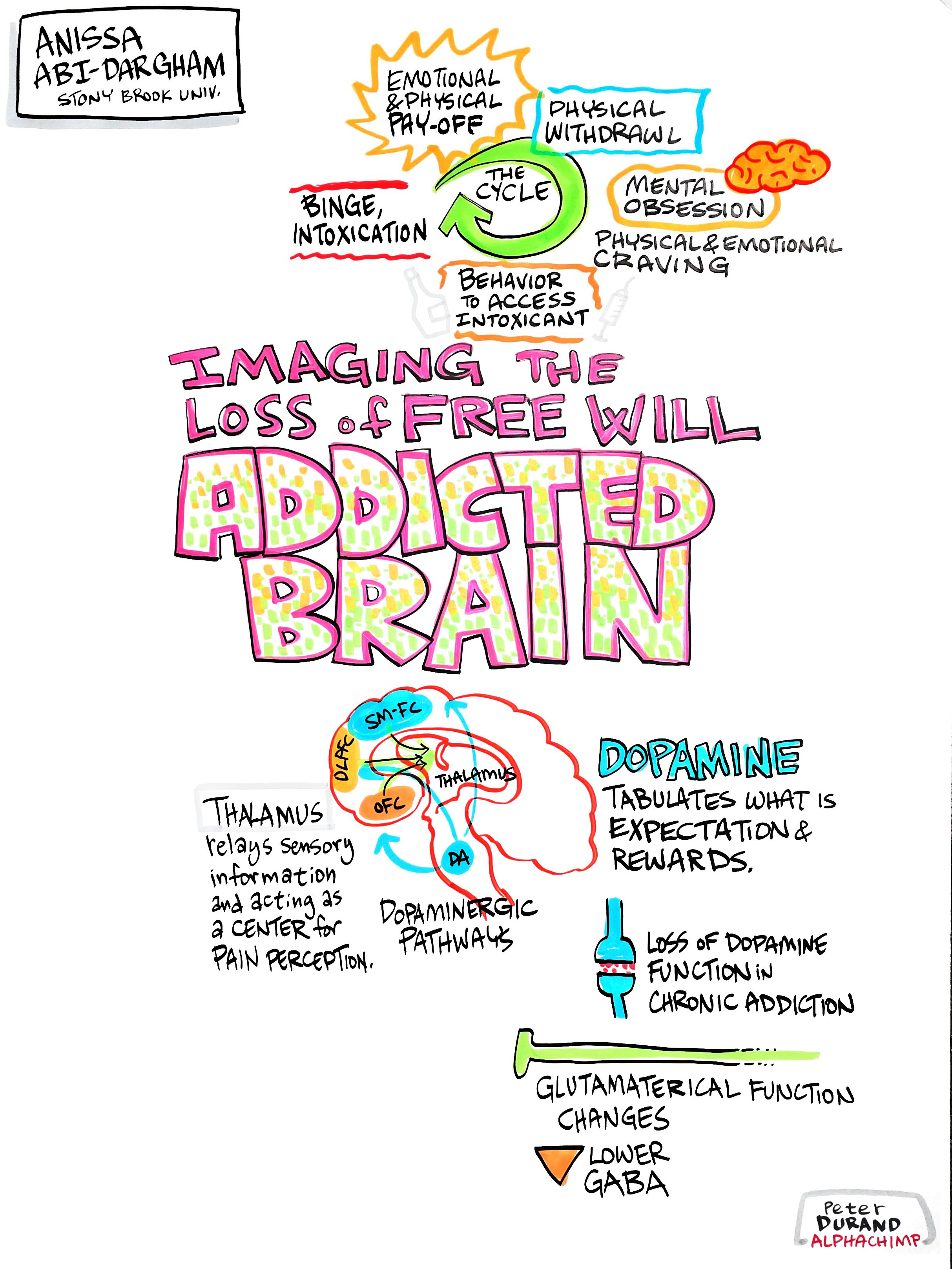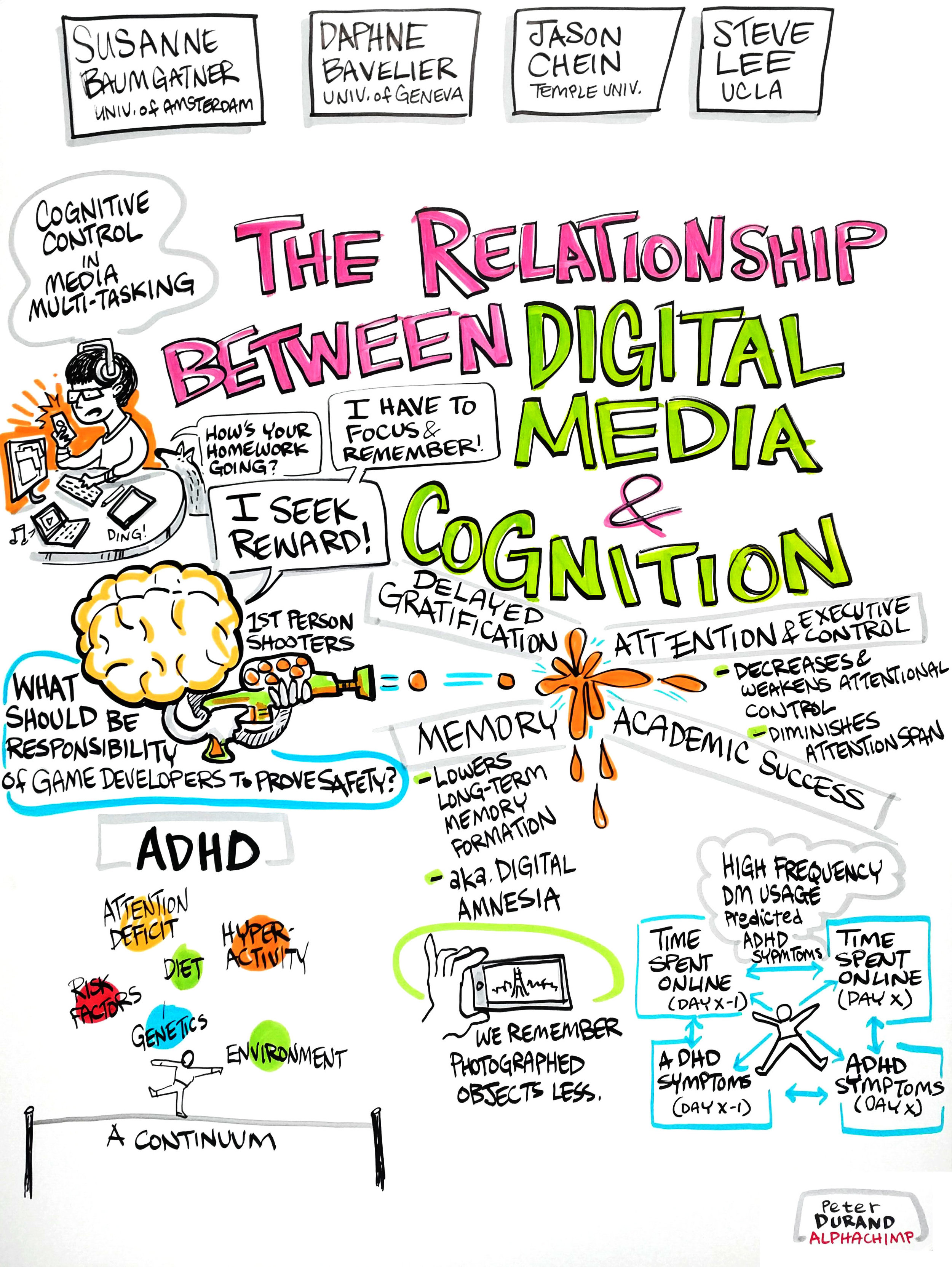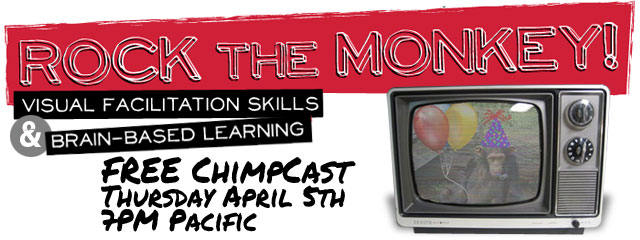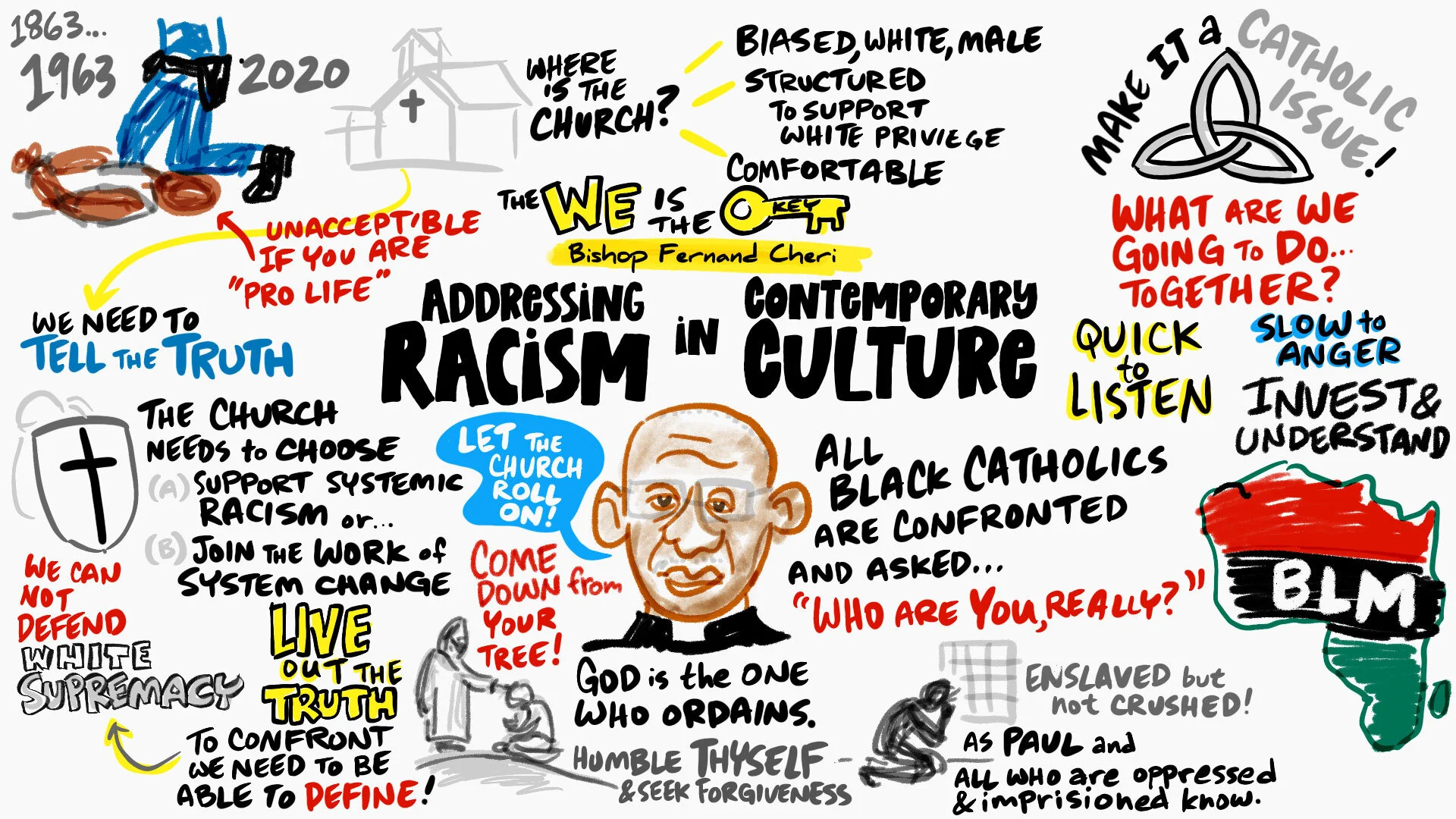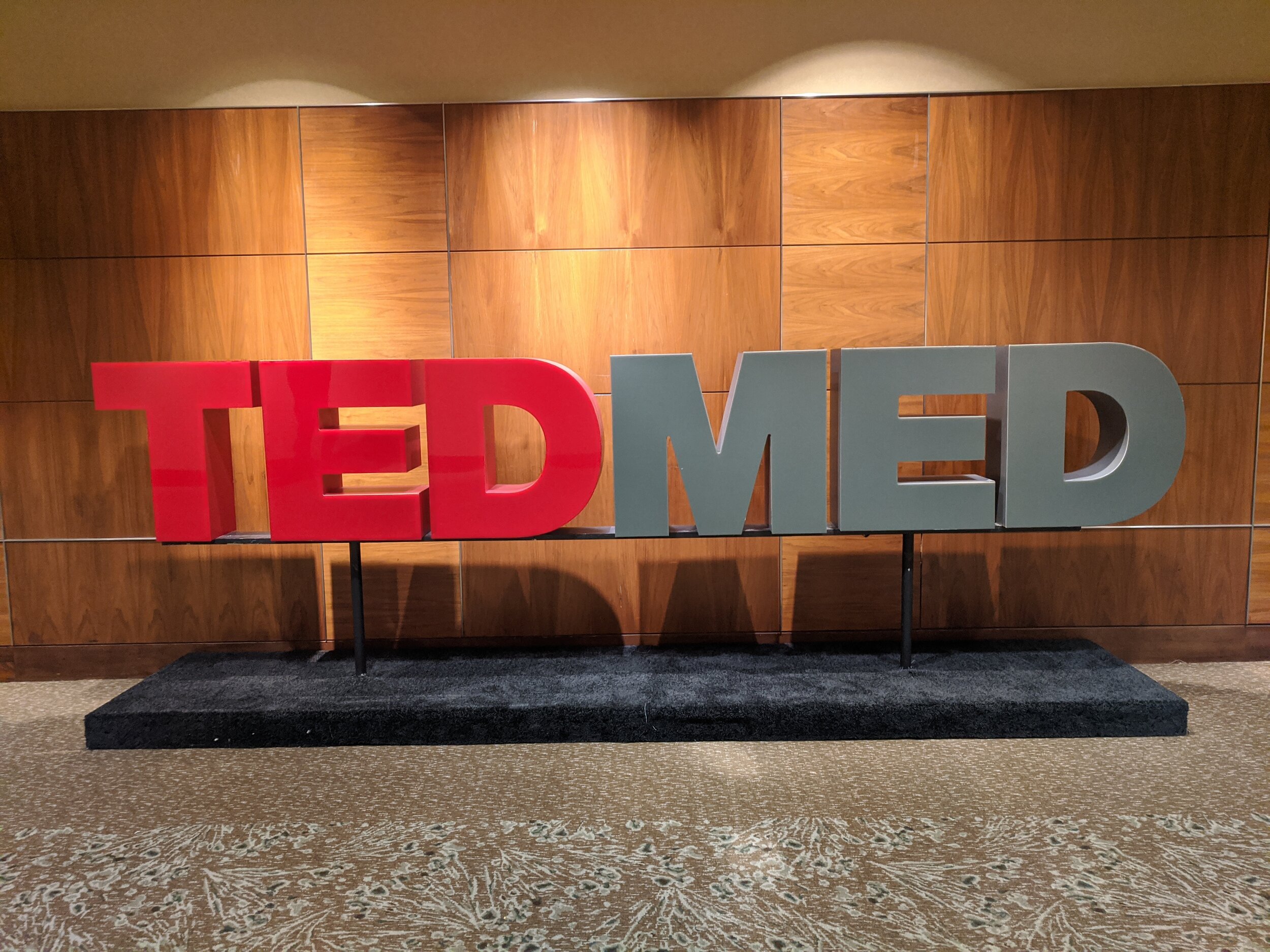Successfully Facilitating Tension and Conflict in Groups: Insights from Social Norms, Sympathetic Systems, and Polyvagal Theory
/Facilitating groups that are experiencing tension and conflict can be a challenging task. By understanding social norms, the biology of our sympathetic and parasympathetic systems, and applying lessons from polyvagal theory, facilitators can create a safe and productive space for resolving conflicts and promoting harmony within groups.
Read More

